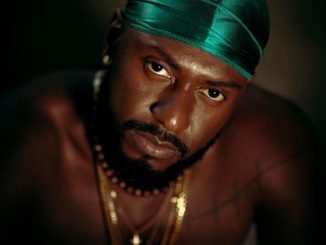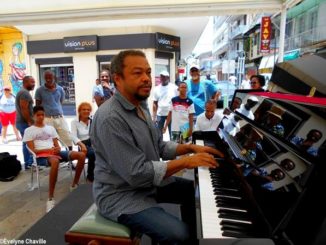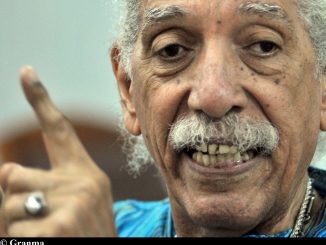
The Spanish influence in Cuba, product of four centuries of colonization, did not stop in the time and did not slow down. The Iberian roots were mixed with the indigenous, African and even Asian roots to give place to that rich cultural fabric, mixture of fusion and authenticity, that has the Caribbean island.
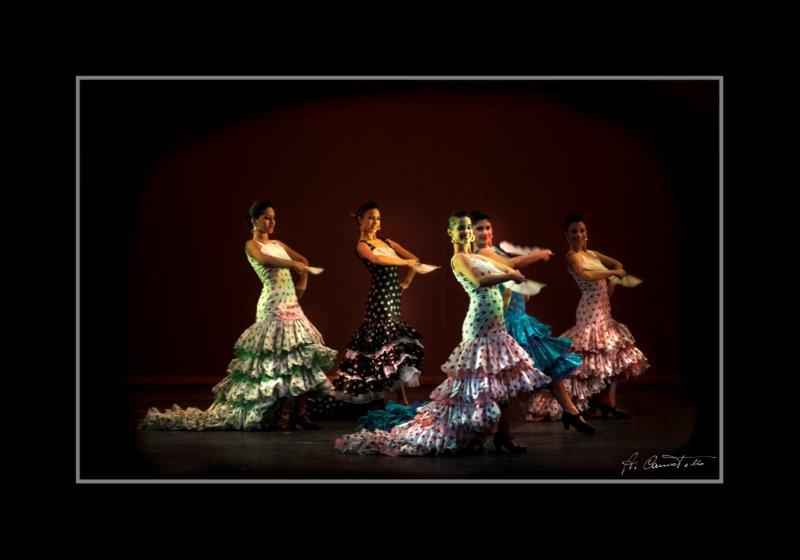
The rhythms and dances that the Spaniards brought to the “New World” took root in this land. Spanish associations stimulated their knowledge and practice in festive events. So, a Cuban institution extends for thirty years the Spanish memory and roots on the island as an illustration of the link and the emigration that once populated our lands.
The Spanish Ballet of Cuba (BEC) maintains and enriches the main styles of Spanish dance, in particular the school of bolero, flamenco and regional dances from Spain. The company, over the years, earned the privilege of being recognized as the highest expression of the genre in the country.
 Under the direction of the principal dancer and choreographer, Eduardo Veitía, regarded as one of the leading figures of Spanish dance in Latin America and one of the most relevant personalities of the national culture, the dance troupe has an active roster of about 20 works of Cuban and foreign choreographers. They range from classical to the most authentic flamenco and fusion, from works highly recognized on the world stage. Its performances in Europe and America received public recognition and good review in the most famous festivals.
Under the direction of the principal dancer and choreographer, Eduardo Veitía, regarded as one of the leading figures of Spanish dance in Latin America and one of the most relevant personalities of the national culture, the dance troupe has an active roster of about 20 works of Cuban and foreign choreographers. They range from classical to the most authentic flamenco and fusion, from works highly recognized on the world stage. Its performances in Europe and America received public recognition and good review in the most famous festivals.
KARICULTURE.NET spoke with Eddy Veitía, founder of the BEC who is from Sociedad Concepción Arenal of Galicia, about the history and career path of the Spanish Ballet of Cuba.
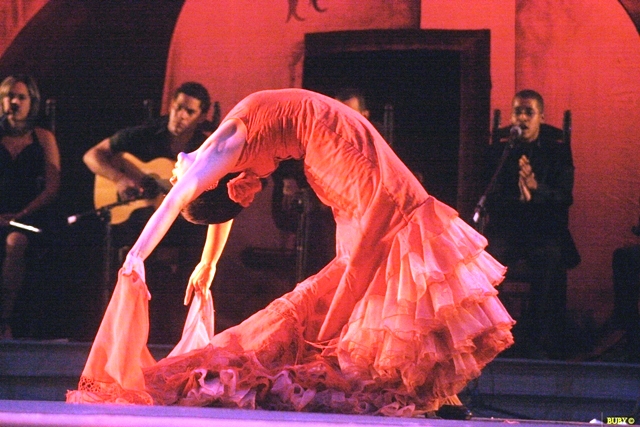
KARICULTURE.NET : Why a Spanish ballet in Cuba?
Eddy Veitía : In 1987, a Spanish dance company was created with the aim of keeping alive the Hispanic roots of this culture through dance. This company appears within Cuba’s Spanish associations, which were responsible for maintaining the Hispanic tradition in our culture, not only with the dances but also with their customs, with their legacies, their histories and from there appear the first founders.
At that time, Alicia Alonso was the director general of the Great Theater of Havana and she proposed the creation of a group, also for having dabbled in this genre as a child. The idea was that this company would exist as Conjunto de Danza Española which not only would give its shows but also could perform Spanish dance in the classical ballet. At that time, we worked with the Lyric Theater, the Opera and all Spanish zarzuelas. In 1992, it took the name of Spanish Ballet of Havana, and I assume the management of the company. That is when I make the proposal to create a new module because the shows that we made until that moment were programs with all the dances, but we had never tried to perform classic work and we started with works by Manuel de Falla like “La Vida Breve”, “La Casa de Bernarda Alba” by Lorca, “Carmen”, “Fantasma” and we played many themes not only of theater but also of visual arts.
It was a new proposal to start developing another vocabulary and we also started with the teaching process. We created a school to train dancers who could later belong to the company. Currently, we have a total of 23 dancers with an average age of 25 years. The dancers graduate from this teaching with the title of Dancers-Qualified Teachers of Mid-Level in the Specialty of Spanish Dances and have the opportunity to continue their studies in the Higher Institute of Art.
In 2000, we took the name of the Spanish Ballet of Cuba (BEC) as a national institution and began other development work, broader proposals always by trying to keep the Hispanic roots in our culture but we also remain open to all new trends in flamenco and Spanish dance in general.
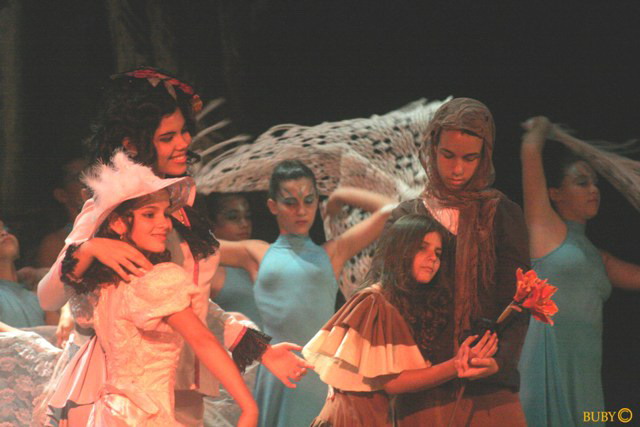
KARICULTURE.NET : What is the difference between Spanish dance that is danced in Cuba and that which is danced in Spain?
E. V. : It is difficult to answer. In my personal situation, I had the good fortune to study at the Conservatory of Spain and also to be the winner of the Second International Prize of Spanish Dance, so I have always been a defender of roots as I knew them in Spanish associations. I have always been concerned about trying to make them native, in order that they do not become commercial things, we are so distant from Spain we should try to preserve this school which, in addition,, has several years of experience.
It’s a job I respect very much because I was lucky to have great masters like Antonio Gades who was a great defender of the native roots, although dance continues to evolve, this is the objective that we always envisaged and I tried to give to my companions and students who were trained in the school. When we dance, people often want to know if we are Spaniards or Cubans… On the other hand, when we make works like “Carmen”, there are scenes where the dancers move like Cuban women… It is something we did not impose, it is the “cubanía” and I think that is very important. We cannot stop being updated, sharing with professionals. We are very lucky because the teachers who come from Spain always give us classes and share with us their experience, even if it’s for a short time, and this helps us to stay up to date.
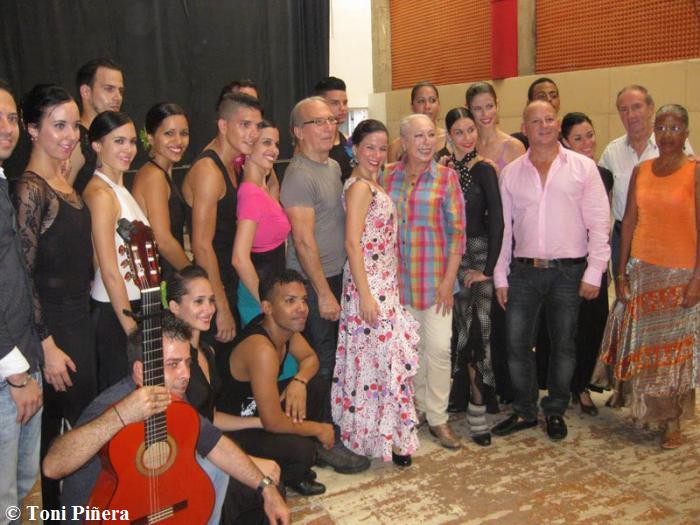
KARICULTURE.NET : Today, a large number of fans of the genre and other companies in Cuba are dedicated to this component of Hispanic roots ¿ what are the differences between the Ballet of Cuba and these companies?
E. V. : I think that one of the things that make us different is that we keep authentic the roots of Hispanic dance in our teaching and our repertoire. It is fundamental because we also work the different styles of Spanish dance such as bolero, regional dances, their stylization, flamenco through all its “palos”, sevillanas, rumbas, fandangos and we work their genres in our study programmes.

